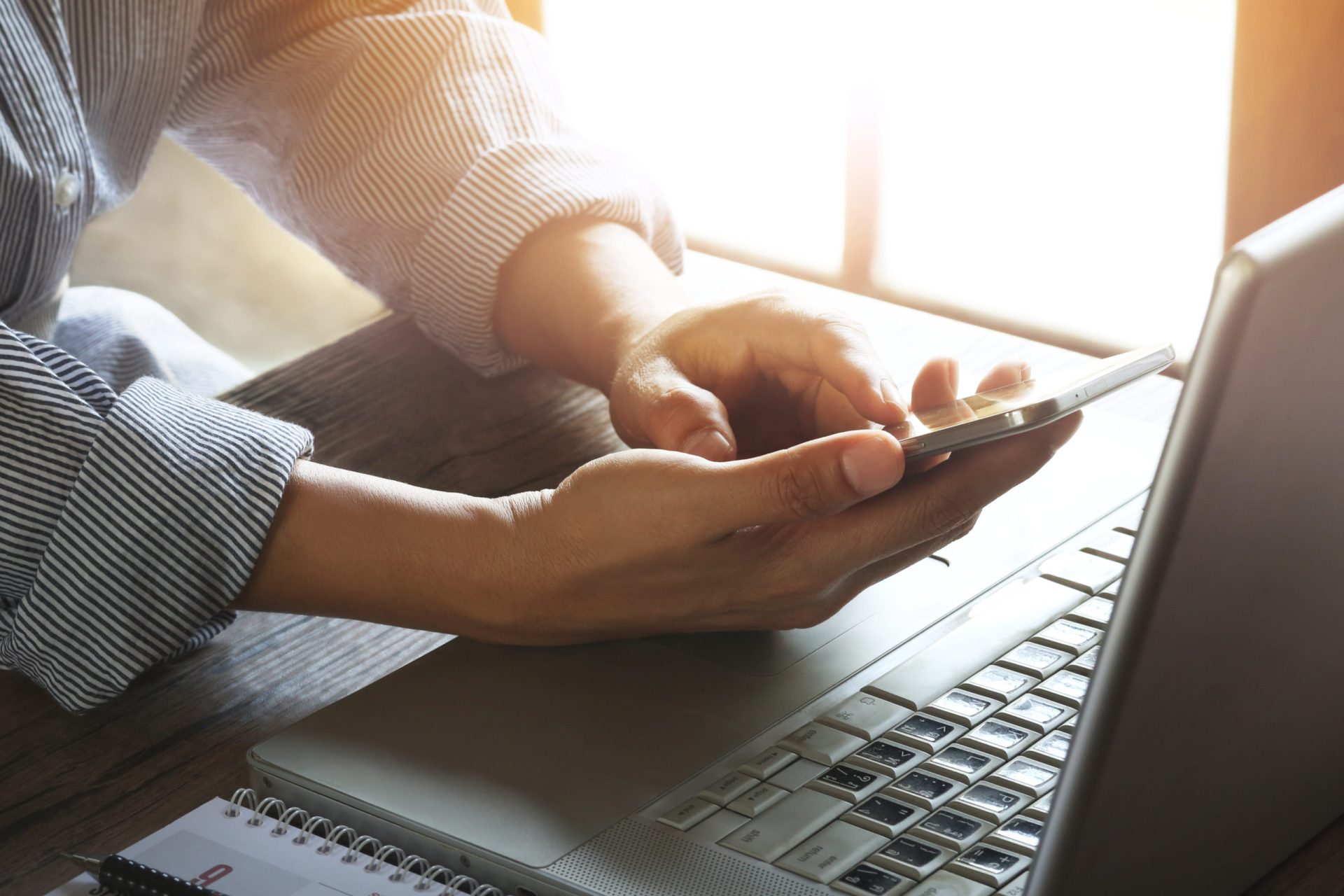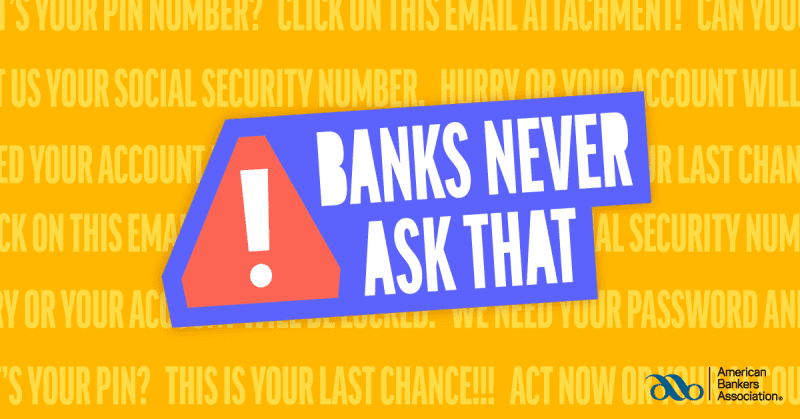Financial institutions use a wide range of security protocols to make sure customer information stays safe and secure for online and mobile banking. But customers also have a significant amount of power when it comes to stopping hackers and thieves in their tracks. Follow these suggestions for keeping your online and mobile banking access secure.
Don’t do your banking on public Wi-Fi
It may be tempting to use the coffee shop’s Wi-Fi to pay your bills while you grab a latte, but keep banking activities limited to private networks. You can, however, use your smartphone and a data plan – rather than Wi-Fi – to access bank account information securely. Make sure you are always using an encrypted website. Look for the https in the website address – the “s” is important!
Set up your account to receive text alerts
You can set up online and mobile banking to send you alerts via text or email whenever certain transactions (or any transaction) is made. If someone is trying to gain unauthorized access to your account, you’ll know immediately and can notify your financial institution. This is a powerful real-time fraud deterrent.
Create challenging passwords and change them frequently
This is a strong preventative measure, but it’s also the one that people often ignore. Even though it can be difficult changing passwords, it can be one of the best ways to protect yourself from hacking attempts. Use combinations with a mix of uppercase and lowercase letters, numbers and symbols. The longer and more complex the password, the harder it will be for a hacker to figure it out. See our Blog post on creating unique passwords.
Put anti-virus software on every device
Make it a regular habit to check the status of your anti-virus protection. A little investment in good anti-virus software is a necessity for your home computers and mobile devices. Make sure it’s on every device and keep it up to date.
Financial institutions employ significant security measures to ensure safe online and mobile banking. At GRB, we encourage users to employ additional protections to minimize the risk of unauthorized access to their accounts. A little protection can go a long way to maintaining a safe online and mobile banking environment.
Beware of phishing scams
SMS and email scammers may try to imitate your bank to convince you to give up personal or account information. If you are unsure about a request, always reach out to your bank on a phone number you know is legitimate to verify.
Customize your lock screen
Fingerprint scanners, Face ID, and passwords for your phone can all help deter thieves from gaining access to your smartphone – and your bank account. But most phones still permit users to access notifications, the automated assistant (Siri, Google, etc.), and certain apps when the phone is locked. Use your phone’s privacy and security settings to tweak your lock screen features for added protection.
Click for more Security Resources.




